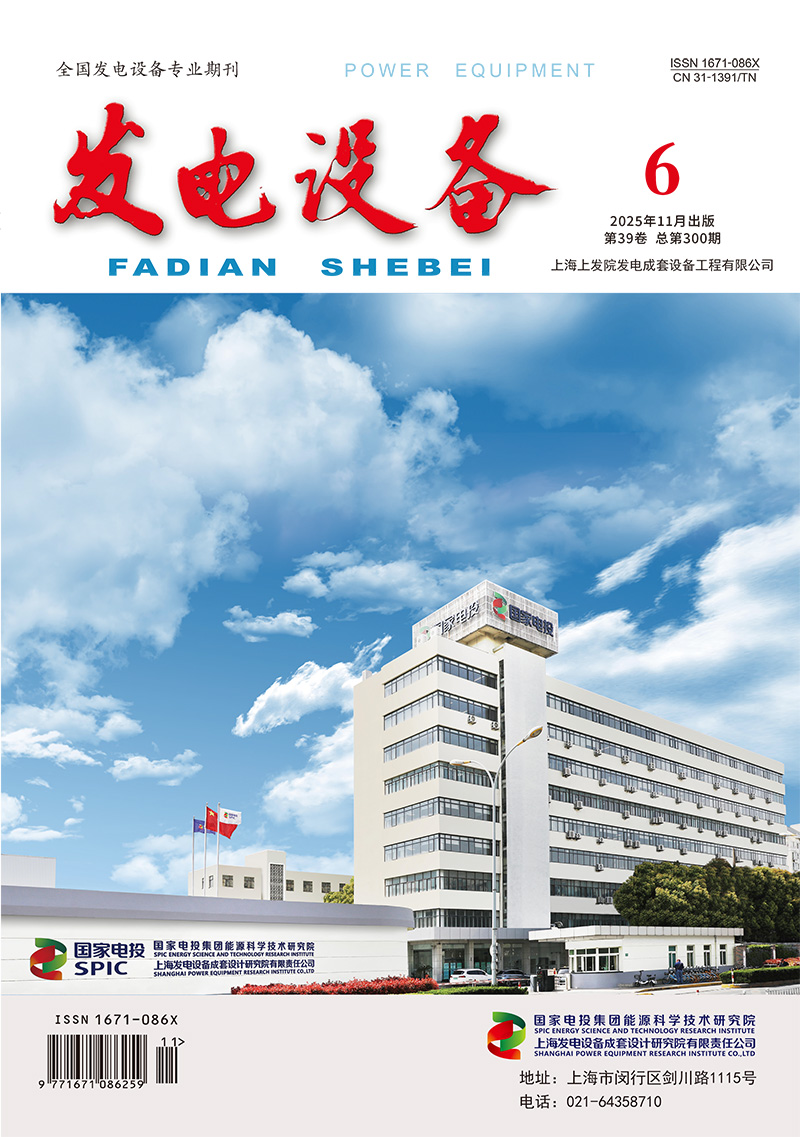Frontier Reviews and Research
ZHANG Ze, ZHOU Bin, DONG Wei, ZHANG Peng, WANG Tao, Lü Meng, YANG Yuxing
With the development of thermal power units towards higher parameters and larger capacities,the amount of data that needs to be monitored during the operation of turbo-generator set is increasing. The widely used expert diagnosis systems have severely impacted fault discrimination accuracy. To address this problem,a new steam turbine fault diagnosis method based on deep learning technology was proposed. Firstly,the original signals were reconstructed and output by using the autoencoder network. Secondly,the convolutional neural network(CNN)was employed to reduce the number of input parameters in the fully connected layers through convolution and pooling operations,while extracting data features and combining them into deeper,higher-dimensional data. Finally,the fully connected layers were used for output prediction and classification. Engineering application results demonstrate that this method can adaptively extract features of different fault locations and types in steam turbine systems under various operating conditions,accurately identifying equipment health status. Its discrimination accuracy is significantly higher than that of the currently widely used expert diagnosis systems.
